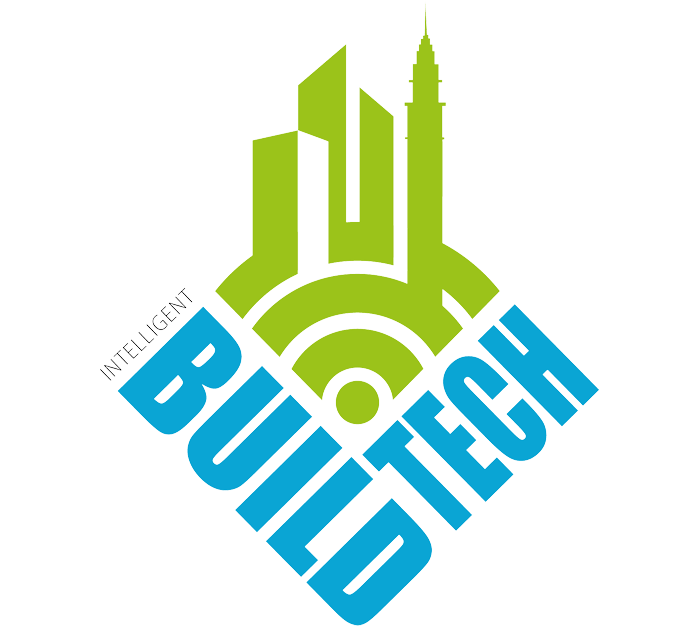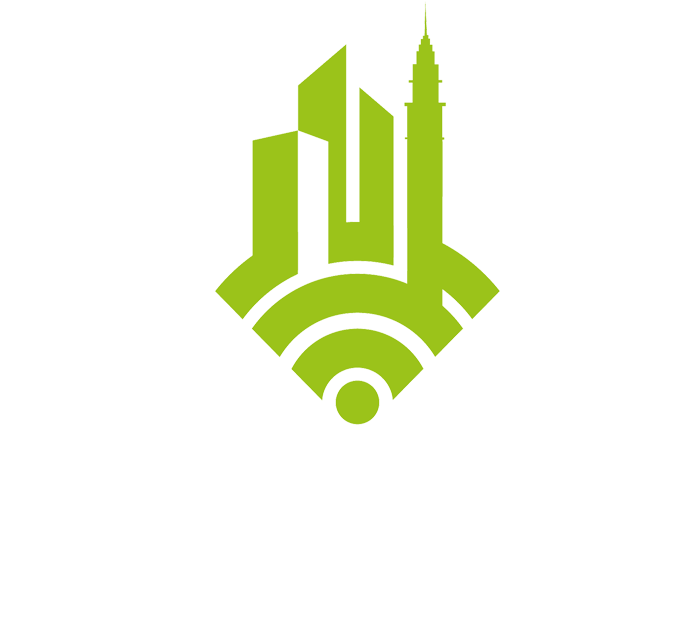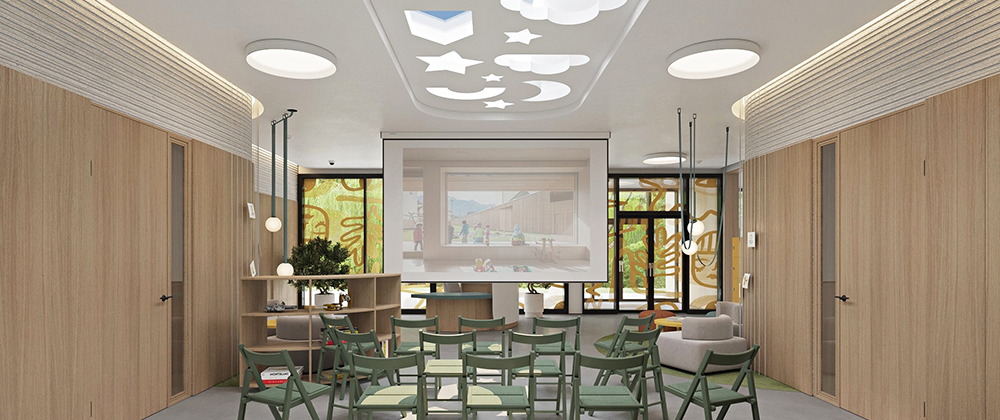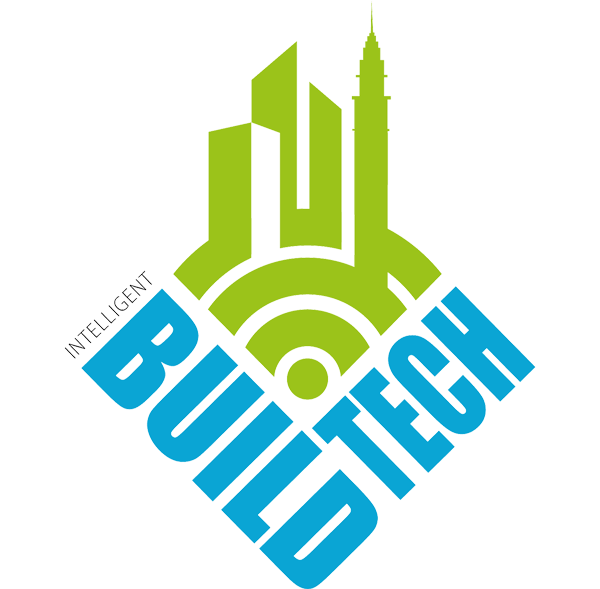A city in western Ukraine is using 3D printing technology during the second stage of constructing a school’s building. According to preliminary calculations, this will be the largest one-story educational facility in the world, built with an on-site 3D construction printer. Construction will last about five weeks and the new additional school building is expected to be opened for 100 students in January 2024.
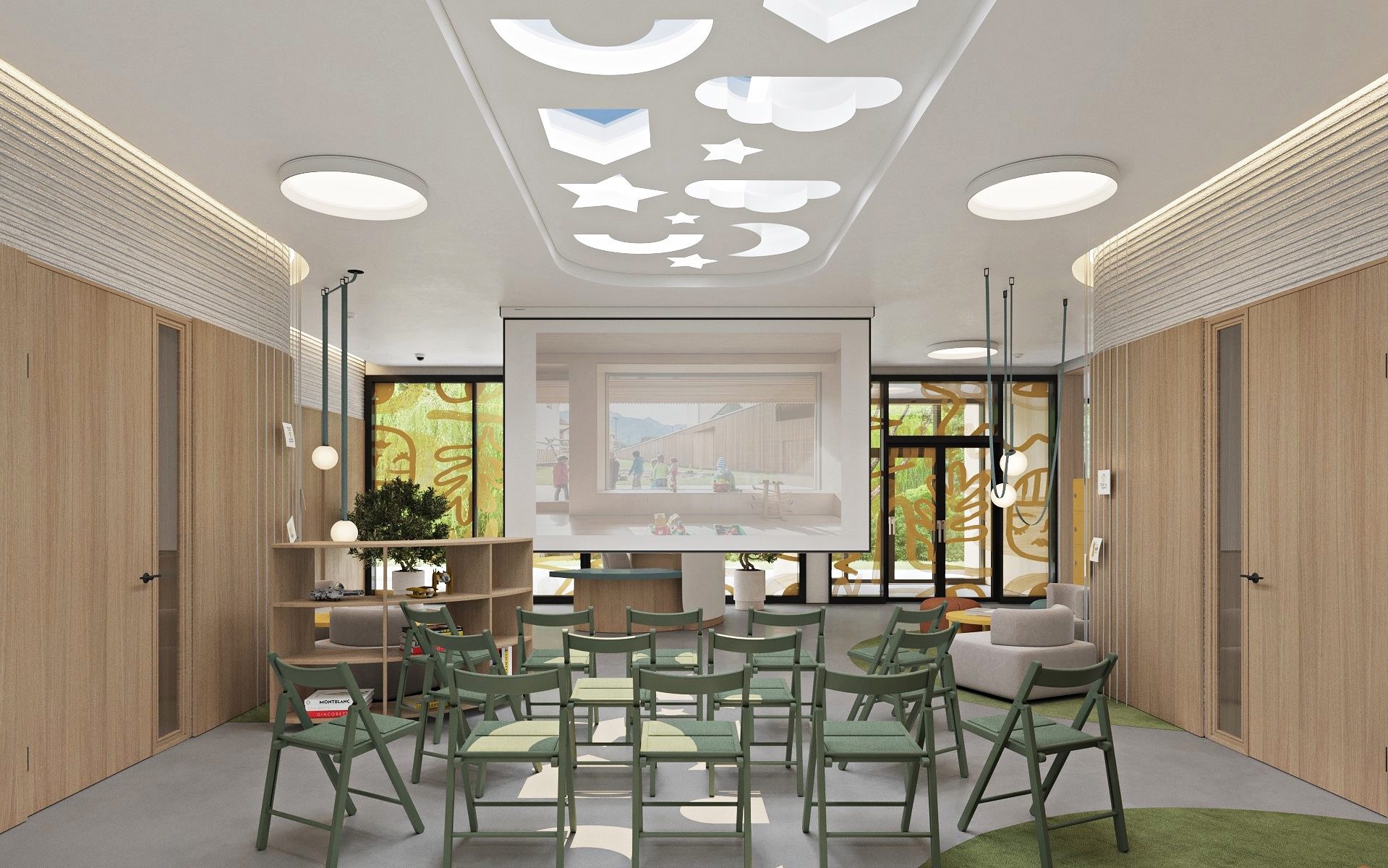
The new building of Lviv School No23 is being built with the help of a modern construction 3D printer. It will be the first educational institution in Ukraine and Europe to be printed on a construction 3D printer.
The charity, Team4UA, founded by Jean-Christophe Bonis, initiated the project with the support of funding from Humanitarian Innovative Technologies (HIT) in partnership with the Lviv City Council.
The technology-providing partners are the Danish 3D construction company, COBOD, and the Danish construction company, 3DCP Group. CEMARK, a CRH company, provided cement for the 3D printing concrete mix. The architectural concept of the project was developed by the architecture and interior design studio, Balbek Bureau, whilst Ars Longa architectural bureau developed the engineering concept of the project.
According to the Ministry of Education and Science of Ukraine, over 2000 schools in Ukraine were damaged in the war and 330 were destroyed due to the full-scale invasion. Therefore, quick response to the problem of insufficient educational infrastructure in the country is the primary goal of the project initiators. The introduction of 3D printing technology will help to reduce the deficit of educational infrastructure and contribute to the reconstruction of Ukraine in the future.
“The school construction project, based on 3D printing technology, is aimed at providing access to education for the children affected by the full-scale war in Ukraine and creating an inclusive space for internally displaced children in Lviv. Ruined schools and other educational institutions deprive the young generation of the opportunity to get a quality education, which can negatively impact their and the state’s future. Innovative solutions will help to overcome this problem now, many times faster and more efficiently,” said Jean-Christophe Bonis, Founder and Chairman of Team4UA.
The construction of the educational building began in October 2022. In the first stage, the project team managed to lay the foundation for the future school, but the construction process was stopped due to massive missile attacks in Ukraine, which resulted in a lack of electricity supply. Therefore, it was decided to resume the active phase of the works in the spring of this year.
According to the project concept, the building will have one floor, which will house classrooms, teachers’ rooms, bathrooms and a hall with an inclusive space capable of accommodating all categories of students, including children with special needs. In addition, 90% of the materials needed for construction are made in Ukraine.
“We are excited to be a part of the team working on the school project. Designing a space based on 3D print technology is a new experience for our team, and we are glad to take on a challenge. Incorporating innovative technology into our design spaces has always been one of our core values,” said Slava Balbek, Founder of Balbek Bureau.
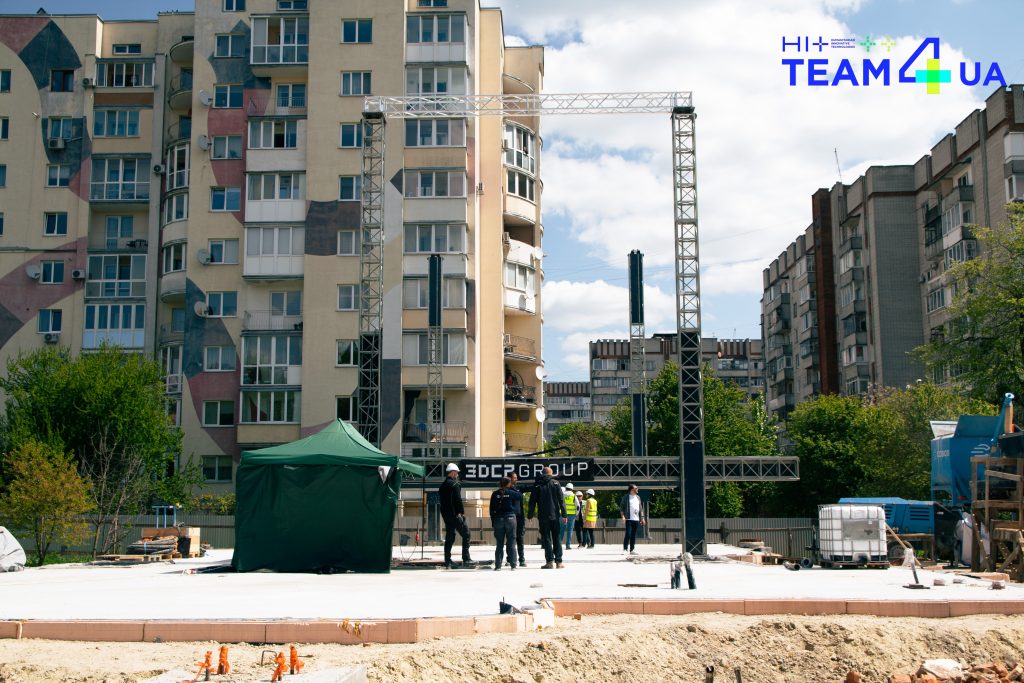
3D printing technology has some advantages over conventional construction. Construction using a 3D printer is 10 times faster and requires the involvement of only two operators. In addition, 3D technologies allow more accurate and efficient use of resources, reducing material costs. Also, the construction process using new technology promotes flexibility, freedom of design solutions and efficient use of space.
Henrik Lund-Nielsen, Founder and General Manager of COBOD, said: “We are very proud to have delivered the technology to this project, which in many ways is the most meaningful project our technology so far has been involved in. 3D construction printers can play a game-changing role in Ukraine with the massive rebuilding efforts that need to be made following the terrible war. With the help of printers, residential housing, offices, factories, infrastructure, bridges and much more structures can be rebuilt much faster than any other construction method can do”.
HIT’s other key player is the technology genius, Dominique Piotet, CEO of Unit, one of the most significant innovation parks built in Kyiv. Piotet has been residing in Ukraine since 2019 and his 30-plus years of expertise in advanced digital ecosystems will support HIT in their success in Ukraine’s reconstruction, whilst bringing experience of the technological revolution to the humanitarian sector.
Piotet said: “We are built on humanity and compassion. We are driven by edgy technology and its high impact on the future of the people and the world. We are here to make a global impact, scale with high growth potential and seek key investors for this extremely innovative project plus, we aim above the mark to hit the target.”
The new educational building of the school in Lviv is a pilot project of the HIVE programme from TEAM4UA. The programme’s primary goal in the future is to restore buildings, schools, bridges and other critical infrastructures of Ukraine using 3D printing technology. To do this, Team4UA plans to create a training centre, deliver 3D printers to Ukraine and train Ukrainian specialists to restore Ukraine’s infrastructure using new technologies.
